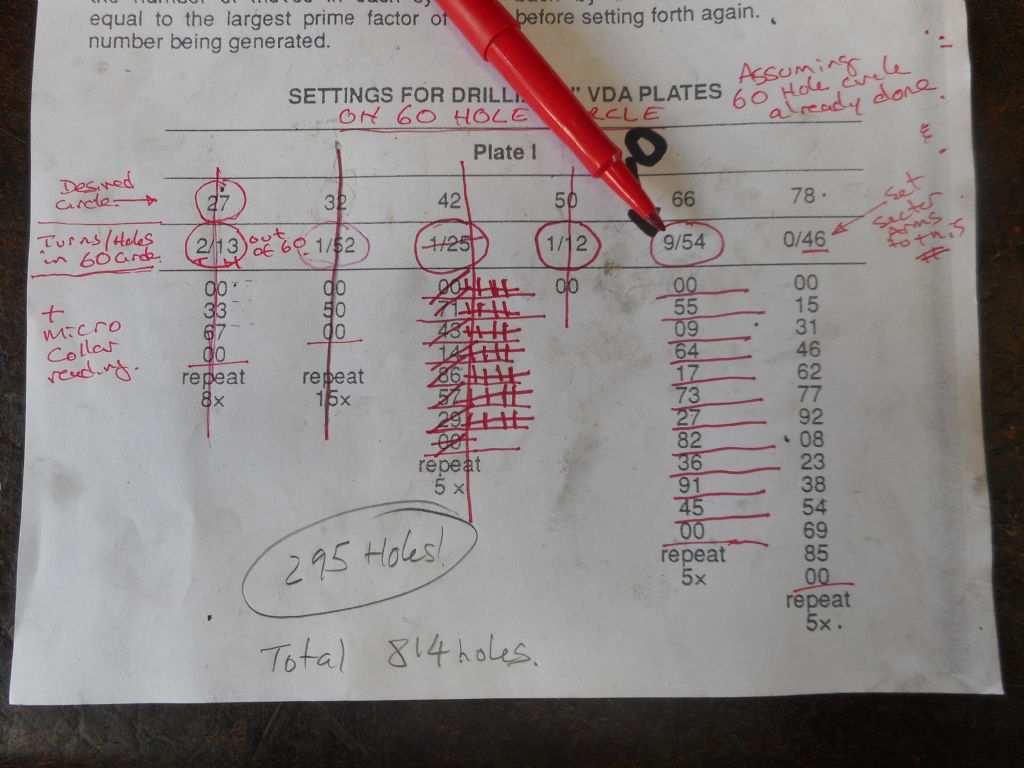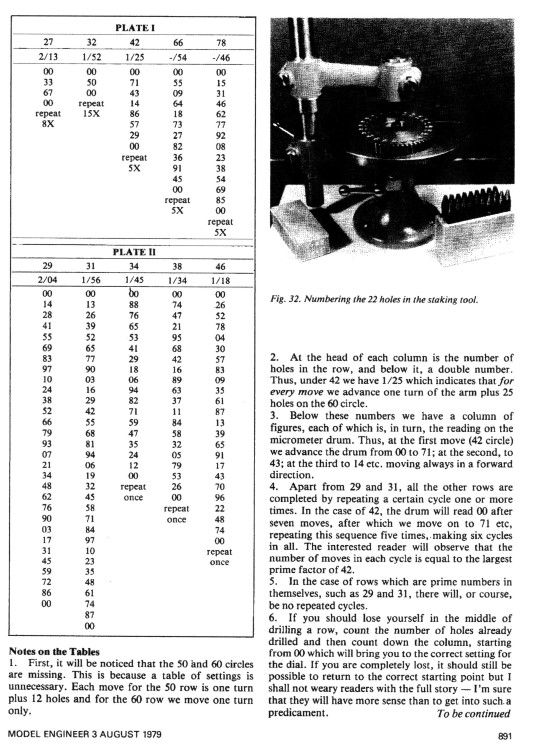Misprint in Versatile Dividing Head indexing chart (GH Thomas)
Misprint in Versatile Dividing Head indexing chart (GH Thomas)
- This topic has 8 replies, 4 voices, and was last updated 29 August 2017 at 06:34 by
Hopper.
Viewing 9 posts - 1 through 9 (of 9 total)
Viewing 9 posts - 1 through 9 (of 9 total)
- Please log in to reply to this topic. Registering is free and easy using the links on the menu at the top of this page.
Latest Replies
Viewing 25 topics - 1 through 25 (of 25 total)
-
- Topic
- Voices
- Last Post
Viewing 25 topics - 1 through 25 (of 25 total)
Latest Issue
Newsletter Sign-up
Latest Replies
- 24cc DIESEL ENGINE FROM SOLID
- E Bay shot in foot
- Telescope Leadscrew Advice
- Vibration and exploring the Fast Fourier Transform with CAD
- Kelsey Media buys Mortons titles
- Resize photos W11
- Help identifying some model engines
- Rotary table digital readout
- Clarkson Tool and Cutter Grinder Operator@s Manual
- Warco WM18B CNC conversion






